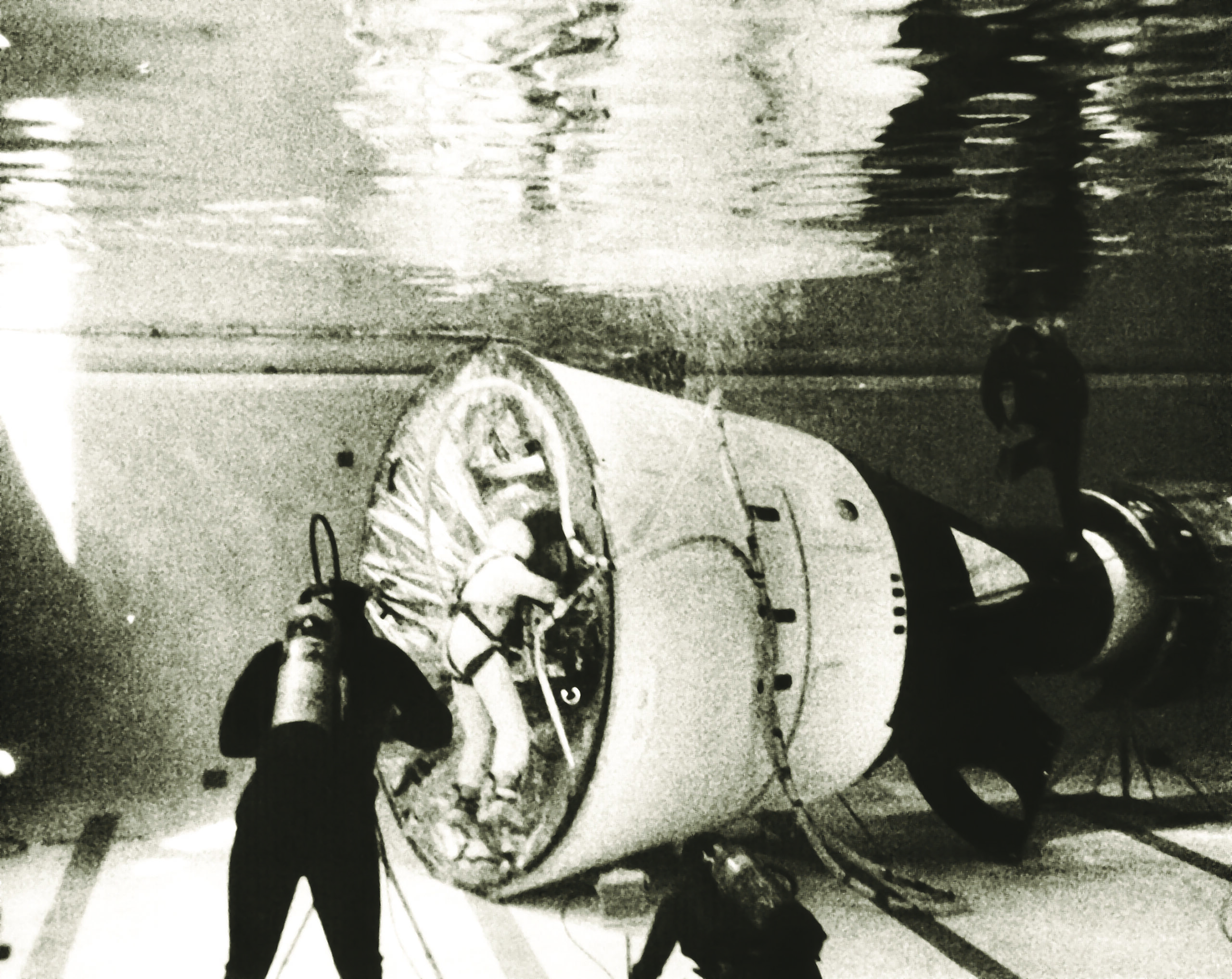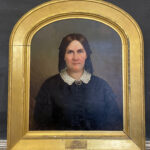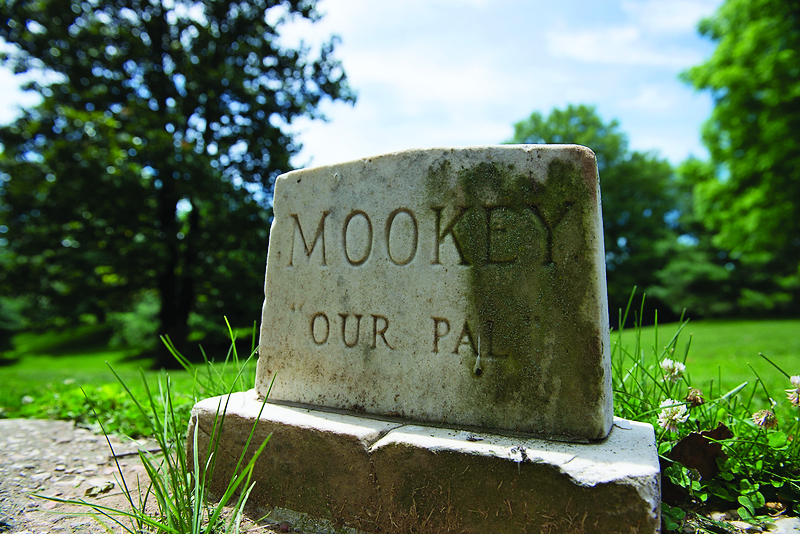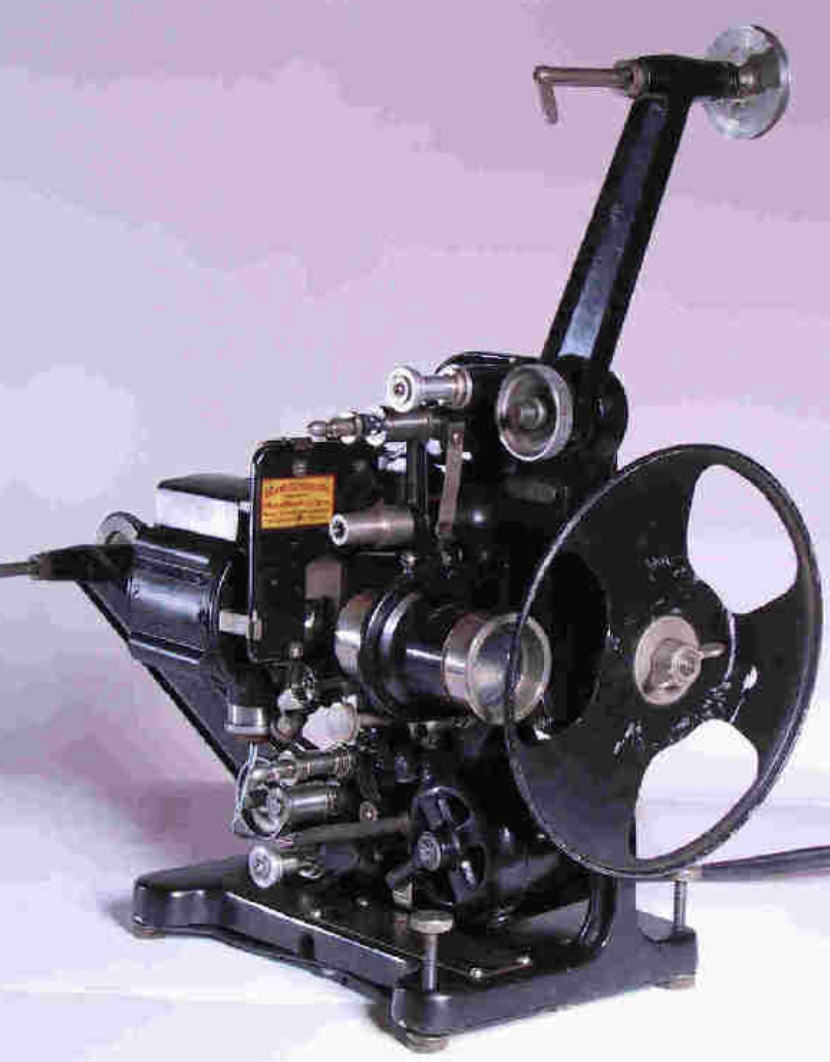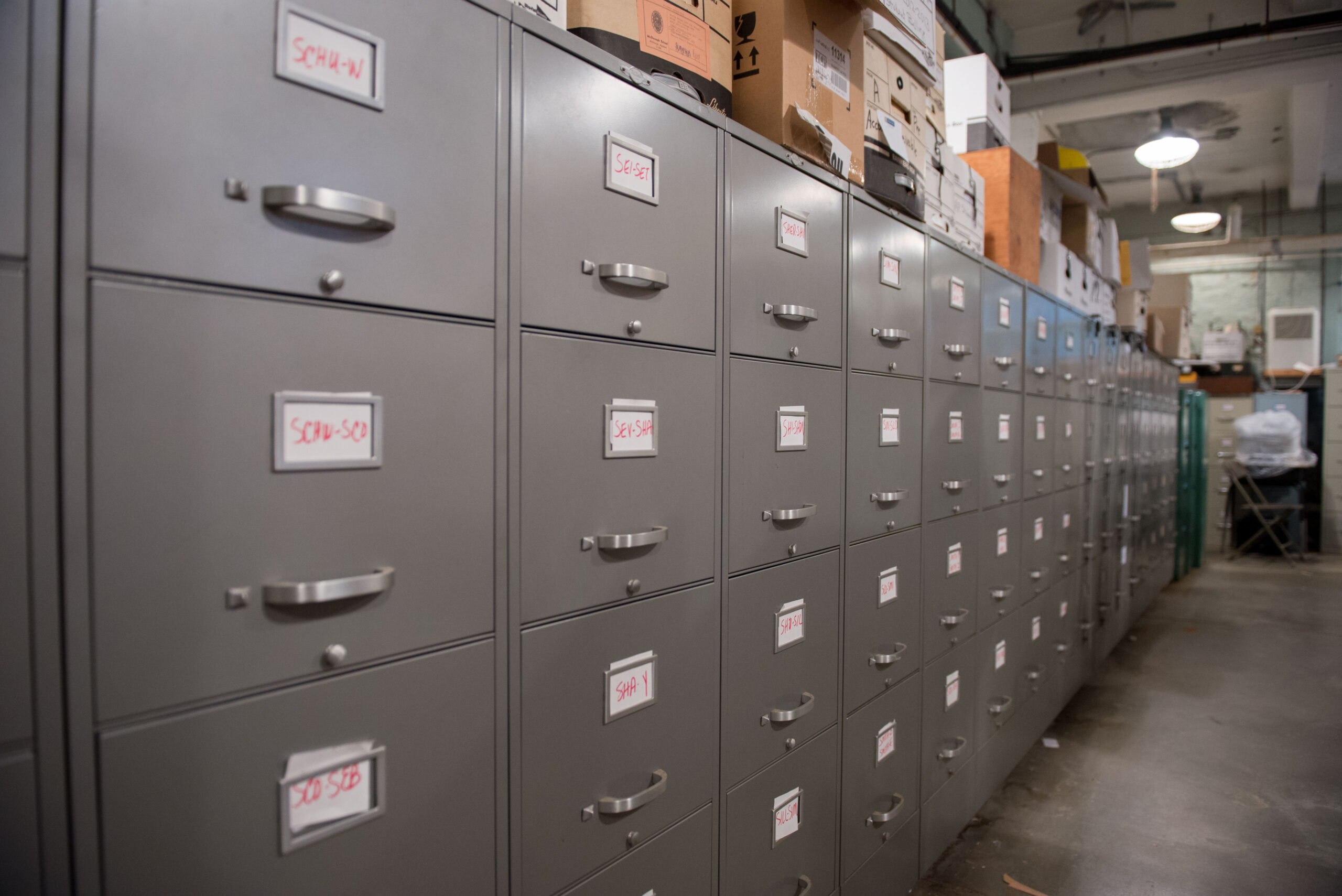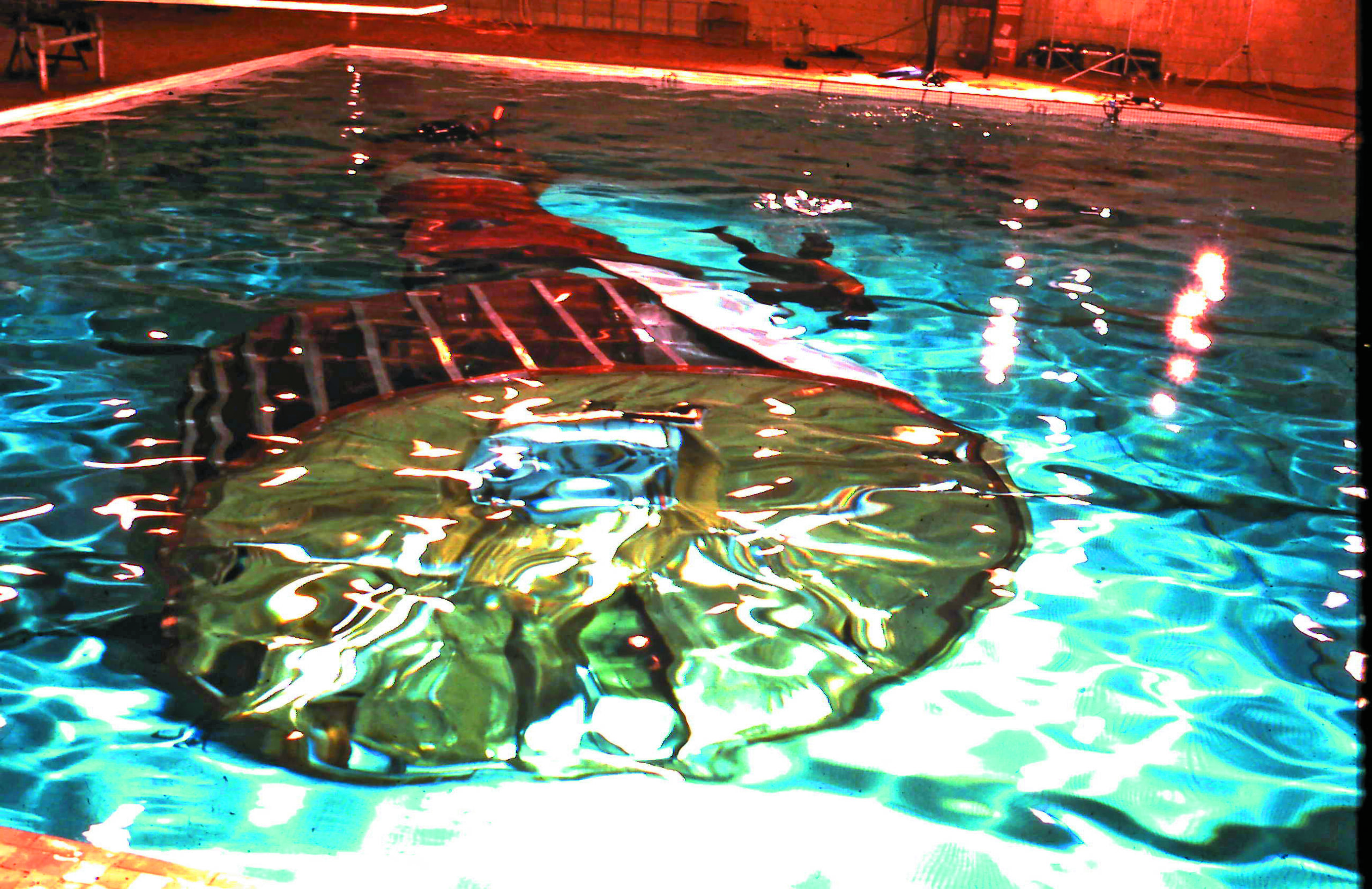In 1964, NASA astronauts Buzz Aldrin, Scott Carpenter, Jim Lovell, and Gene Cernan dressed in their cumbersome space suits and trained for the weightlessness of outer space in McDonogh’s pool. Five years later, Apollo 11 landed on the Moon, and Commander Neil Armstrong and Lunar Module Pilot Edwin “Buzz” Aldrin left their spacecraft and took man’s first steps on the surface of the celestial body.
Environmental Research Associates (ERA), a small Baltimore-area company working with NASA, believed the extravehicular activities—those that took the astronauts outside of the safety of their capsule—should be tested in an environment that replicated the weightlessness of outer space. They felt underwater training was the best way to simulate the challenges presented by the vacuum in space. Unlike today, when every major space center in the world has multi-million-gallon underwater training facilities and neutral buoyancy labs, in 1964, there were very few options. ERA contacted Headmaster Bob Lamborn ’35 with the request to use McDonogh’s pool. Lamborn made a “gentleman’s agreement” in which McDonogh charged ERA $10 an hour—the same fee paid by the Red Cross when they leased the pool. Lamborn recalled that high-power lights were installed to allow for filming the experiments in color.
Aldrin later wrote in his book, Return from Space, “What we had done there [at McDonogh] had secured the success of a space walk. That day in Baltimore we were all full of a sense of accomplishment and pride.” Read Gemini and Appolo Astronauts Touch Down in McDonogh’s Pool from the Winter 2015 issue of McDonogh Magazine.
